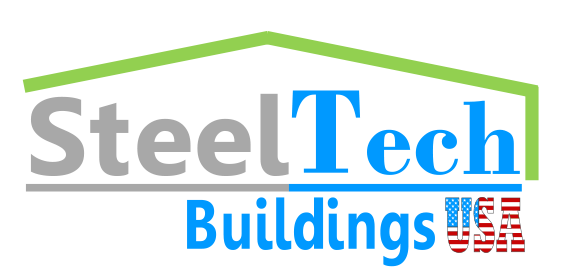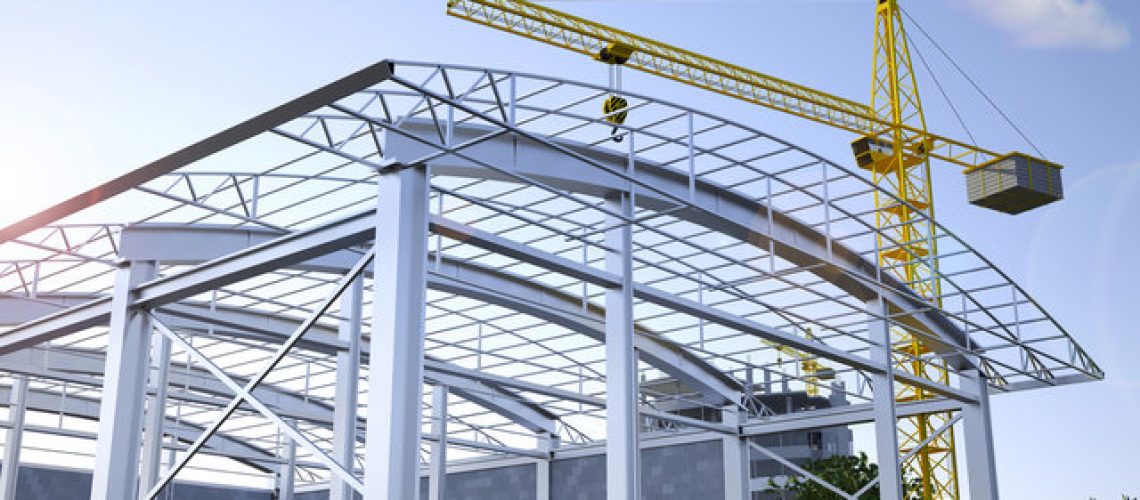Steel buildings are popular because they are strong, flexible, and efficient. Today, taking care of the environment is very important, so making these buildings energy-efficient is essential, not just popular. Using new energy-saving technologies makes steel buildings better and helps the planet too. These technologies make the buildings use less energy and work better.
Enhancing Energy Efficiency in Steel Buildings With Advanced Insulation Solutions
Effective insulation is fundamental in minimizing energy loss in steel buildings. Special insulation materials like spray foam, hard boards, and fiberglass work really well in buildings made of steel. These materials fit snugly onto the steel frames, creating a steady barrier that keeps heat in during winter and out during summer. This helps the building stay at a comfortable temperature without using a lot of heating or air conditioning. Also, new kinds of panels combine strong steel with these great insulation materials to make building easier and help save even more energy.
Maximizing Efficiency With Cool Roofing Technology For Steel Buildings
Cool roofing technology is particularly beneficial for steel buildings. These special roofs help bounce sunlight away and don’t get as hot as regular roofs. These roofs are coated with reflective materials or constructed with special tiles that help reduce the heat inside buildings. As a result, less air conditioning is required, leading to savings on energy costs. Additionally, these roofs are beneficial in densely built areas as they contribute to lowering the overall temperature. Therefore, they are an excellent option for larger structures such as factories and commercial stores.
Optimizing Steel Buildings With Energy-Efficient Windows And Daylighting Strategies
Incorporating energy-efficient windows equipped with low-emissivity (low-E) glazing can significantly cut heat transfer, thus maintaining a more constant interior temperature. Utilizing daylighting techniques through strategically placed windows can also reduce the need for artificial lighting during the day. For steel buildings, the use of large, energy-efficient windows not only reduces energy consumption but also enhances the aesthetic appeal of the structure.
Enhancing Steel Structures With LED and Smart Lighting Systems For Optimal Energy Efficiency
Lighting is a major component of energy use in commercial buildings. LED lighting, which consumes up to 75% less energy and lasts 25 times longer than incandescent lighting, is an excellent match for steel structures. Integrating smart lighting systems, which utilize sensors to adjust to natural light levels and occupancy, can optimize energy usage and offer significant savings.
Turning Steel Buildings Into Power Producers: The Benefits of Rooftop Solar Panels
Steel buildings are ideal for solar panel installation due to their strong structural integrity and design flexibility. Rooftop solar panels can provide a significant portion of a building’s energy needs, reducing dependence on non-renewable power sources and decreasing utility costs. Excess energy can sometimes be sold back to the grid, turning an energy-efficient building into a revenue-generating asset.
Boosting Energy Efficiency in Steel Buildings With Advanced HVAC Systems
Modern HVAC systems designed for energy efficiency can profoundly impact the energy consumption of steel buildings. High-efficiency units utilizing smart thermostats and zoning can greatly improve a space’s heating, ventilation, and air conditioning, ensuring that energy is not wasted in unoccupied areas.
The Impact of Energy-Efficient Technologies On Sustainability and Value
Integrating energy-efficient technologies into steel buildings is an investment in the future. Not only does it reduce operational costs and environmental impact, but it also enhances the building’s comfort and value. As the push towards sustainable building practices grows, steel structures equipped with energy-saving technologies are poised to become the standard in the industry, exemplifying how innovation and environmental responsibility can go hand in hand.

